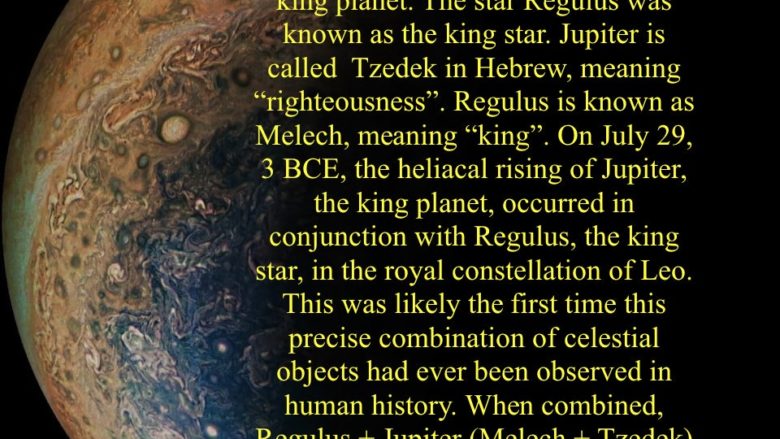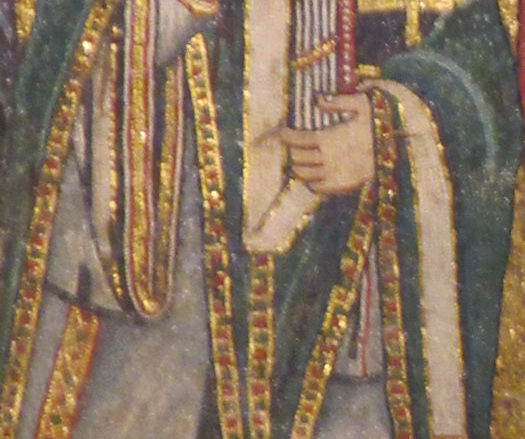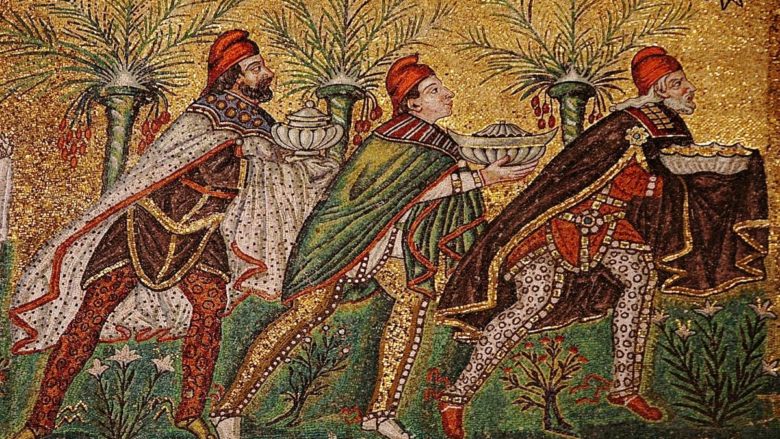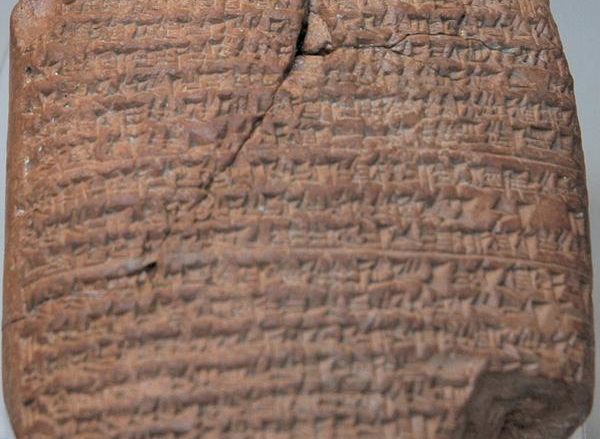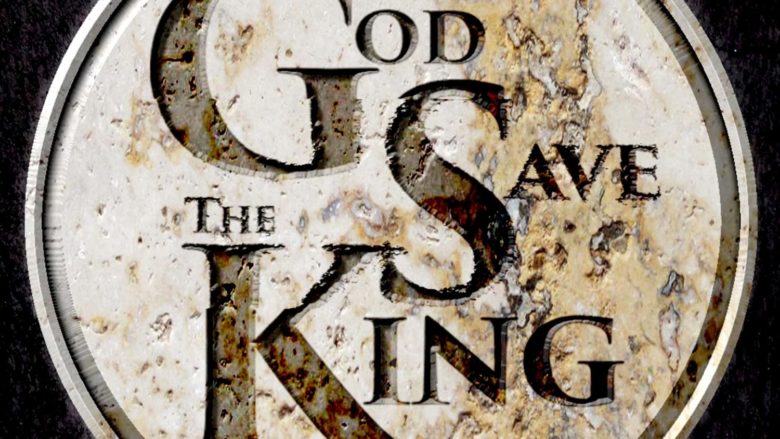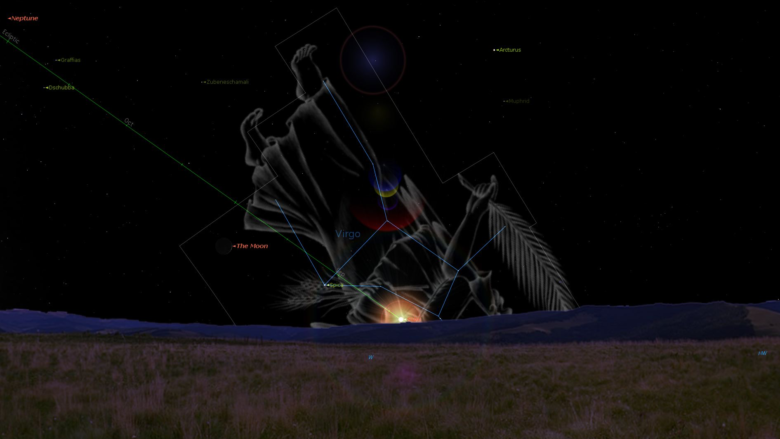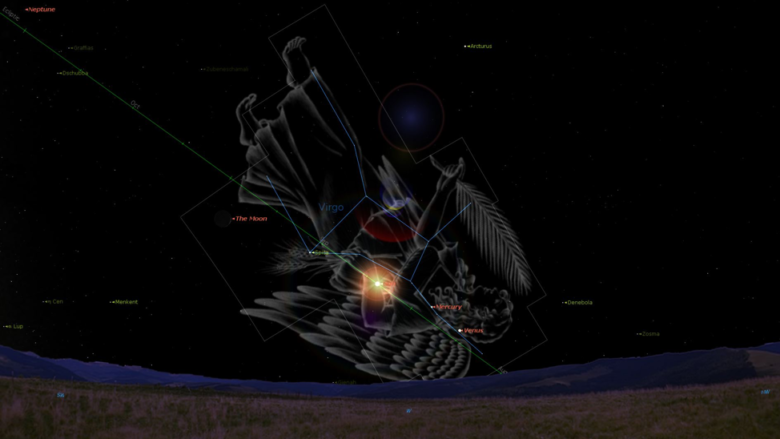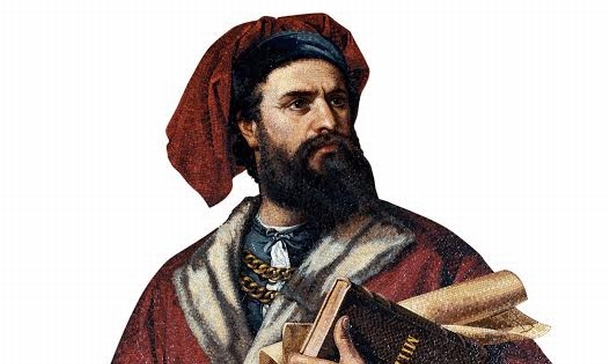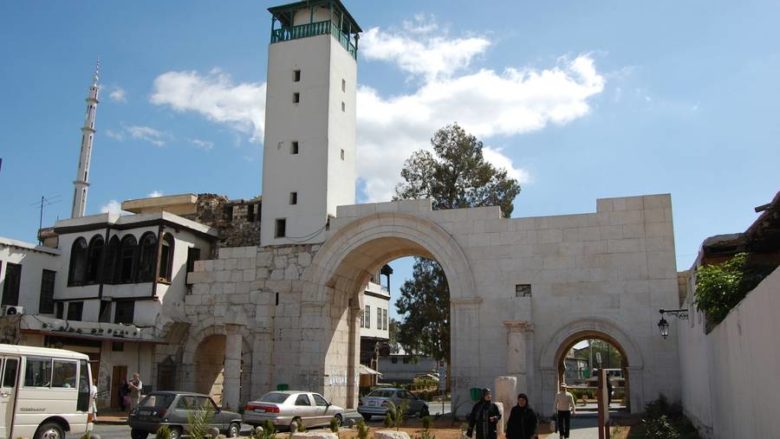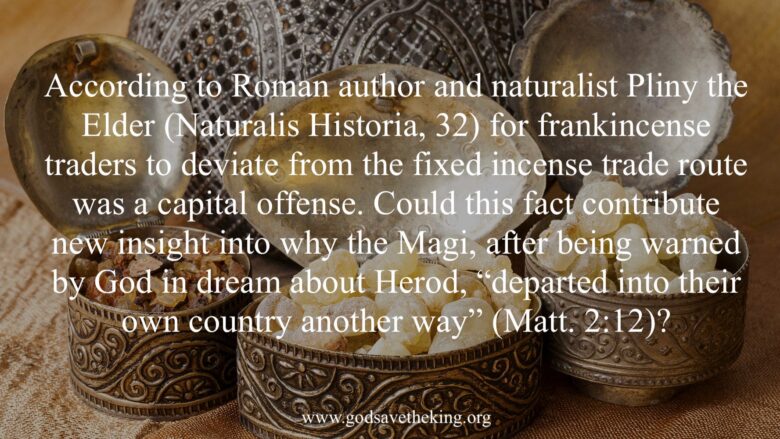
Pliny the Elder & the Incense Route
Frankincense was an aromatic tree resin used as incense. It was a luxury item, but was traded in large quantities because of significant use in religious observance and by the wealthy. According to the Roman author and naturalist Pliny the Read More …
